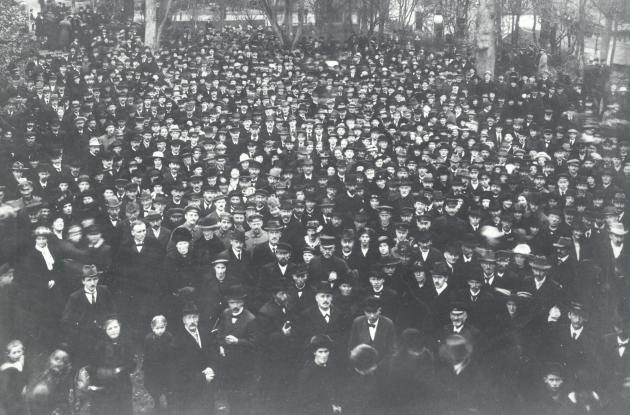Timeline
Get a timeline of the events that led to the Reunification of Southern Jutland and Denmark in 1920.
July 1864 - Denmark loses the duchies of Schleswig, Holstein and Lauenburg. Prussia takes control of Schleswig, while Austria controls Holstein. Especially in North Schleswig, many Schleswigers speak Danish.
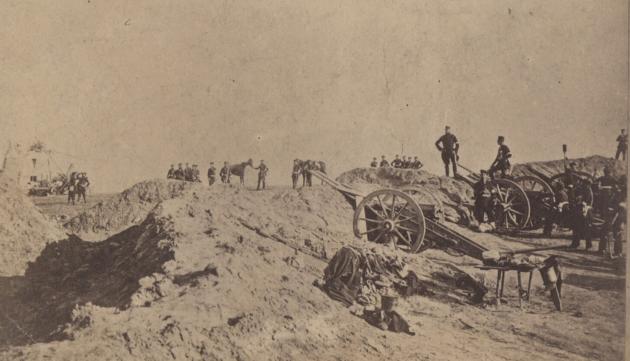
Photo: C. Junod
23 August, 1866 - The peace in Prague ends the war between Prussia and Austria. Austria loses. Article 5 of the Peace Treaty ends up playing a central role for the Danish-minded Schleswigers. It says that Schleswig and Holstein must in principle be managed by Prussia, but that the northern districts of Schleswig must be reunited with Denmark if the people in these areas demand it in a free vote. Negotiations on such a vote failed as early as 1868, however - and in 1878 Germany repealed the article.
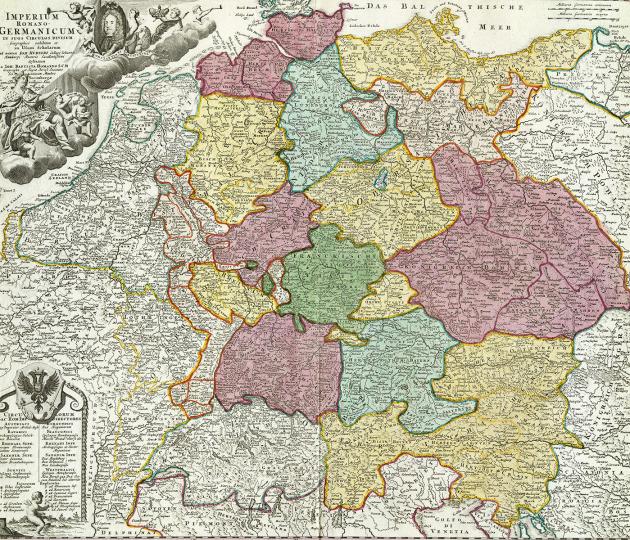
Photo: Johann Homann Hübner
1871 - A German-Prussian Confederation defeats France in the Franco-Prussian War. A new empire is then established under the name Germany. The North Schleswig area is thus a part of the German Empire.
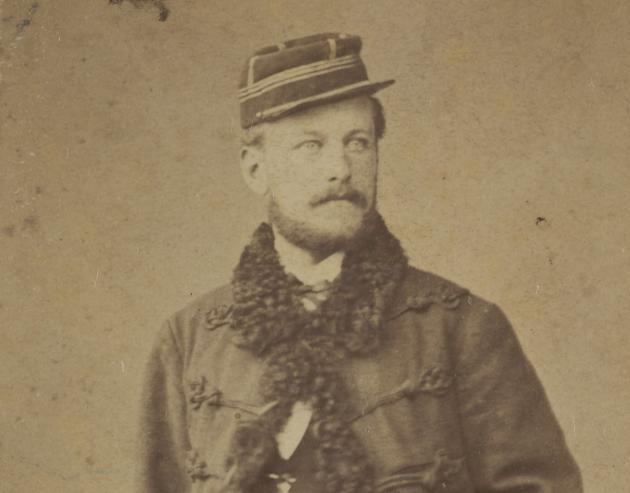
Photo: Pierre-Louis Pierson
1880 - The Danish movement in Schleswig arises. Associations are established where you can cultivate the Danish language and culture. The movement will branch out in the next decades in the Language Association, the Electoral Association and the School Association. The Danish movement is unpopular with the German authorities in the time leading up to World War I. Harassment and restrictions become part of everyday life, but it strengthens the community.
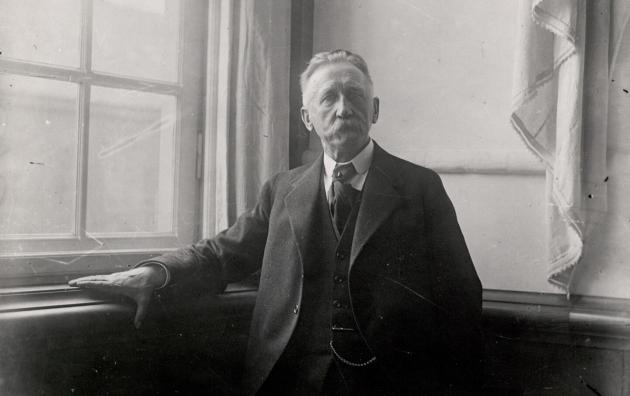
Photo: Holger Damgaard
1 August, 1914 - World War I breaks out after the Austro-Hungarian heir to the throne, Ferdinand, and his wife are assassinated in Sarajevo.
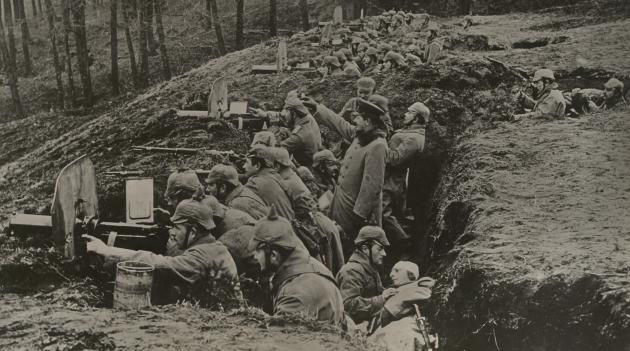
Photo: Ophav ukendt
23 October, 1918 - The war is not yet officially over, but the German defeat is obvious to everyone. In a closed joint meeting, the Danish Parliament and Landstinget discuss the possibilities for reunification.
H.P. Hanssen, de facto leader of the Danish minority and member of the German Reichstag (1906-1919), was informed as early as the beginning of October 1918 that a solution to the North Schleswig question was within reach. On 23 October, he therefore proposes, with reference to Article 5 of the Prague Peace Agreement and the right of peoples to self-determination, that North Schleswig be incorporated into Denmark.
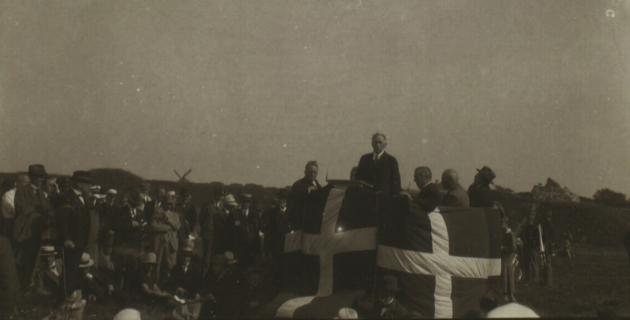
Photo: Ophav ukendt
11 November, 1918 - World War I ends. Germany loses the war.
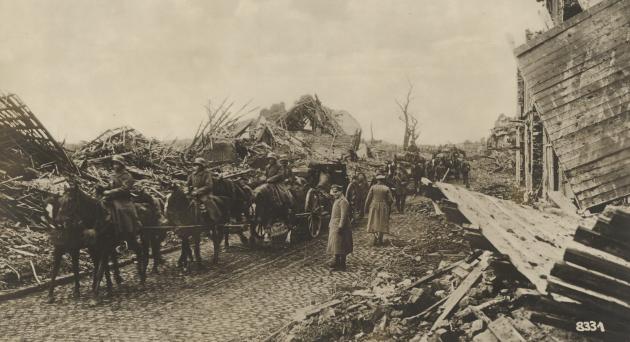
Photo: Ophav ukendt
14 November, 1918 - The German Foreign Minister promises H.P. Hanssen a reorganization of North Schleswig's national affiliation. In the following days, the leaders of the Danish minority will prepare the so-called Aabenraa resolution, which requires a referendum for North Schleswig as a whole close to the current Danish-German border.
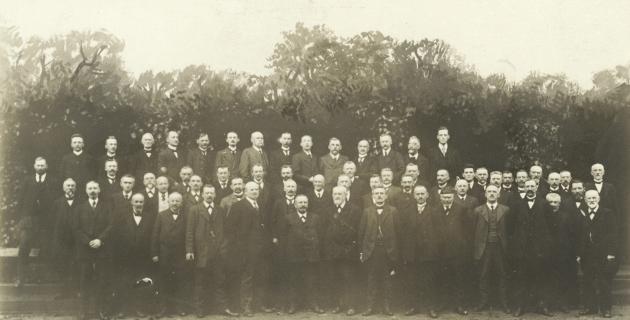
Photo: Ophav ukendt
17 November, 1918 - A crowd of more than 3000 Danish-minded Schleswigers gathered in front of Folkehjem in Aabenraa breaks out in jubilation when H.P. Hanssen announces that they will have the opportunity to vote their return home to Denmark.
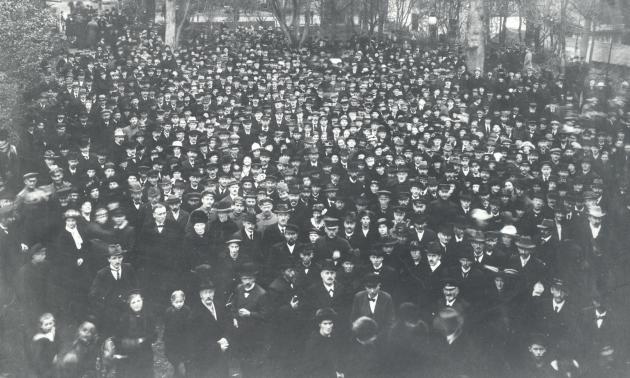
Photo: Ophav ukendt
28 June, 1919 - The peace treaty is signed in Versailles, France, but it does not come into force until January 1920.
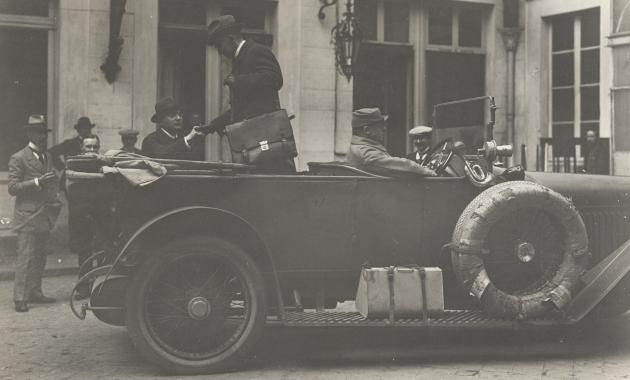
Photo: Ophav ukendt
10 February, 1920 - Voting in zone 1, North Schleswig. Here the vote applies to the whole of present-day Southern Jutland. The vote can then not divide the zone if any sub-districts vote for Germany. This is important, because even though 74.2 percent vote for Denmark and only 24.9 percent for Germany, there is a German majority in the market towns of Aabenraa, Sønderborg and Tønder, and these only reunite with Denmark as a result of the rule.
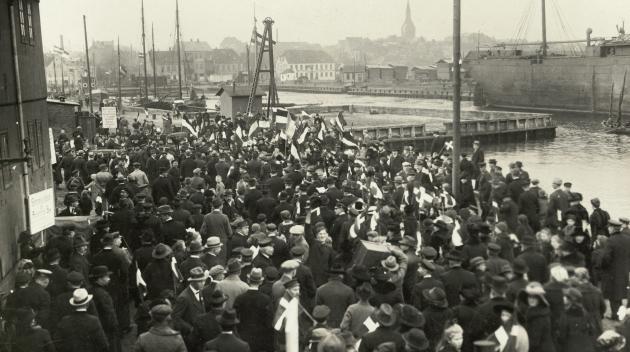
Photo: A. Frankl
14 March, 1920 - Voting in zone 2, from Flensburg and the south to Flensburg-Tønning. Here the vote is by district, but no district has a Danish majority. All in all, the vote shows an overwhelming German majority. Only about 20 percent vote for Denmark.
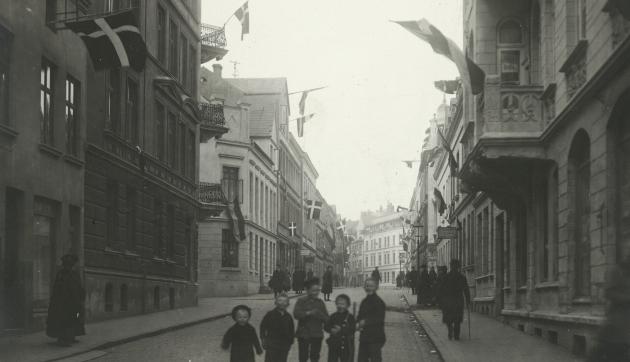
Photo: A. Juul
15 June, 1920 - From this date on, Southern Jutland is again part of Denmark. It's the official Reunionification Day.
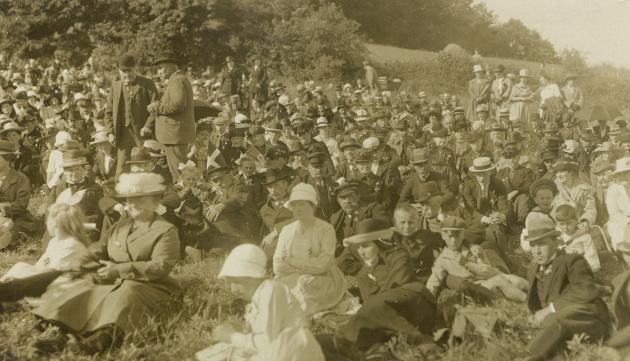
Photo: Ophav ukendt
10 July, 1920 - King Christian X rides across the old border from 1864 at Frederikshøj, Christiansfeld, to welcome the Southern Jutlanders.
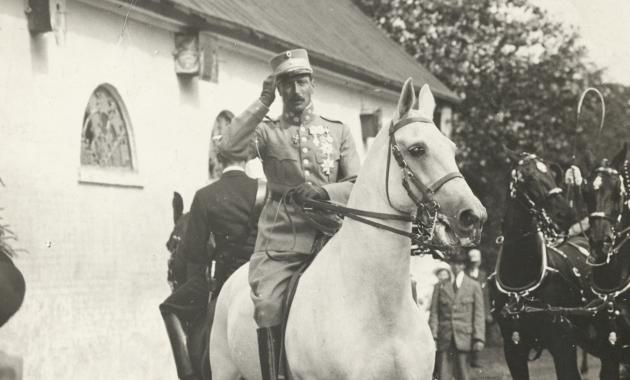
Photo: Thorvald Larsen
11 July, 1920 - The royal family participates in the official Reunification Party at Dybbøl with over 50,000 participants.
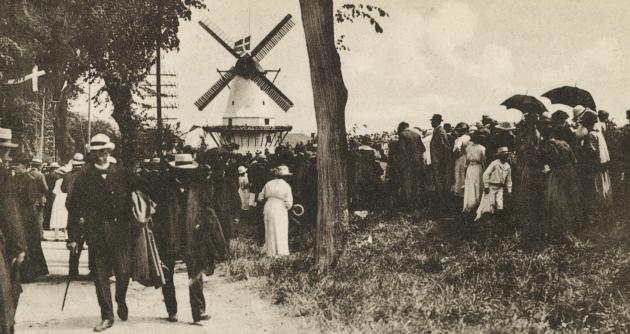
Photo: Ophav ukendt
